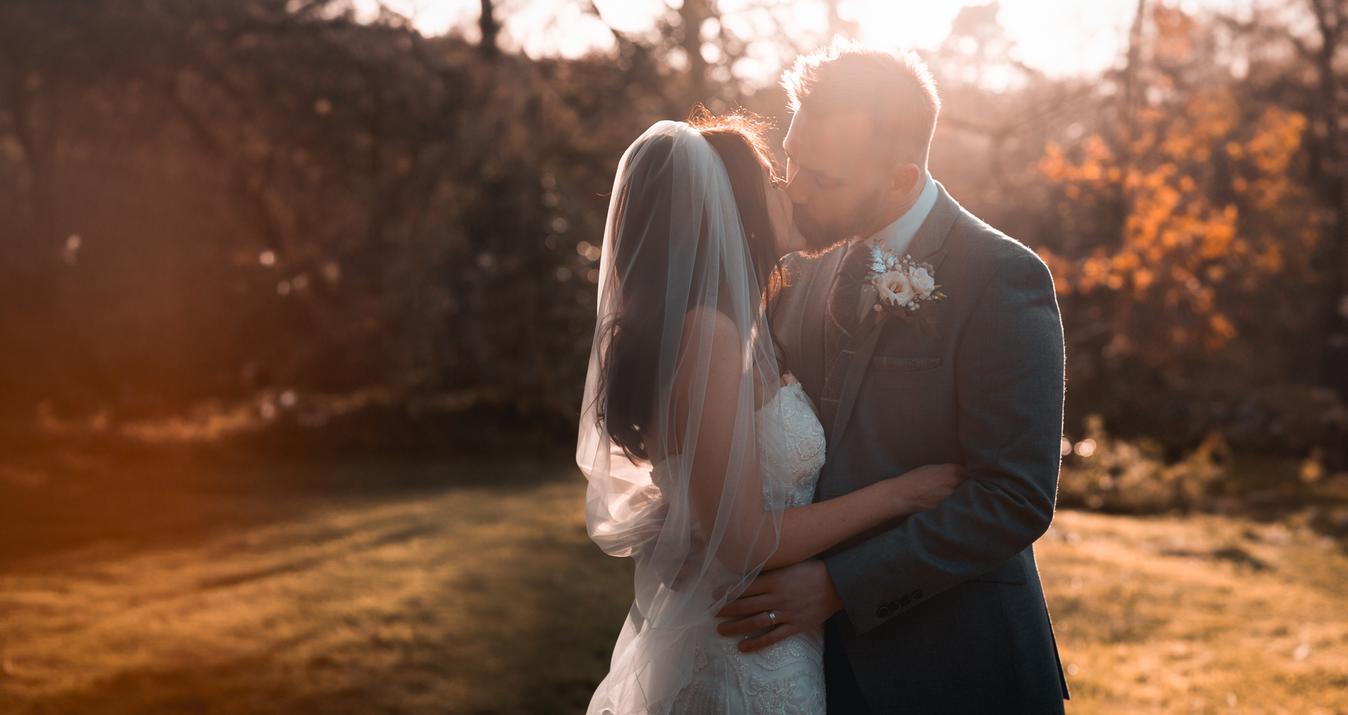Top 5 Portrait Editing Software for Every Photographer
April 10, 2025

What is the best editing software for portrait photography? With so many options available, it can be challenging to decide which one is right for you.
Factors like experience level, budget and time constraints all play a part in finding a tool that helps you achieve professional results. In this guide, we will explore the most popular portrait editing software solutions, helping you choose the option that fits your needs. Get ready to discover the best editing software for portrait photography and streamline your post-production process.
Key Factors to Look For
When selecting your editing software, there are several points to consider before spending your hard-earned money. Editing tools may be purchased outright or accessed through a monthly or yearly subscription, and we want to avoid software that slows down our workflow or gives us less than satisfactory results. Here are some key factors to keep in mind:
Price
This is often the first consideration. The perfect software for your needs might come with a hefty price tag, which can be off-putting initially. However, a larger investment can pay off if it speeds up your workflow, potentially allowing you to book more clients and increase your income.
Efficiency
If the software significantly speeds up your editing process, you will spend less time at your computer and more time shooting. Faster turnaround times mean you can take on extra clients, making the higher cost worthwhile in the long term.
Ease of Use
Efficiency is also influenced by how straightforward the software is. Some programs deliver exceptional results, but you may need to complete several courses to master them. If each edit requires extensive manual work, your workflow can slow dramatically.
Professional Results
Striking the right balance between efficiency and professional-looking edits is crucial. This balance ensures you can deliver high-quality work promptly, leaving you free to book your next session.
By bearing these factors in mind, you can find the best portrait editing software for your unique needs. Focus on what suits your workflow rather than selecting a tool just because it works for other photographers.
Portrait Photo Editing Software
With the previous factors in mind, let us explore several portrait editing software options that can help you achieve professional-looking results while speeding up your workflow. As budgets differ and prices may change, it is best to check the official website for the most up-to-date cost information to see if it suits you.
1. Adobe Photoshop
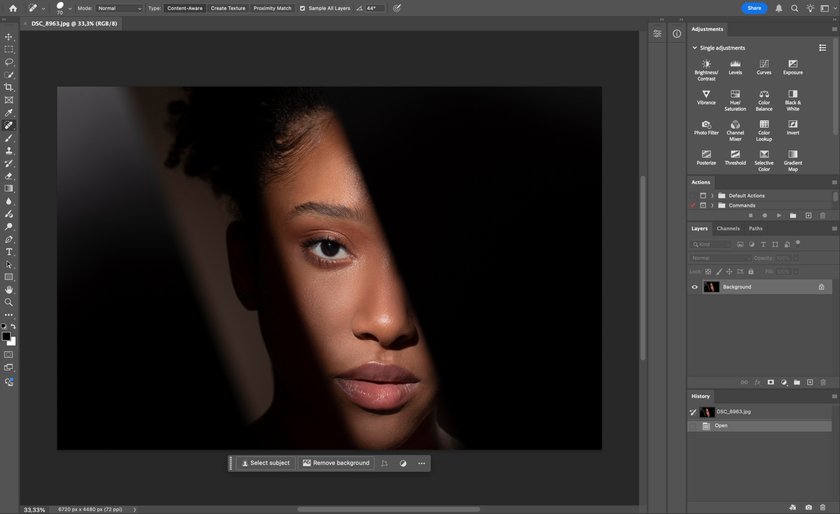 One of the most renowned software programmes for photographers, Adobe Photoshop offers a vast array of tools to handle a wide range of editing tasks.
One of the most renowned software programmes for photographers, Adobe Photoshop offers a vast array of tools to handle a wide range of editing tasks.
Pros
- Photoshop’s toolset has long been the industry standard, and professional results are certainly possible.
- There is little you cannot accomplish with this programme, whether you need to highlight features, remove blemishes and much more.
Cons
- Photoshop can be time-consuming to master and often requires extensive study through courses or online tutorials.
- Courses can cost extra on top of subscription fees, though you will find plenty of free resources on platforms like YouTube or blogs.
2. Luminar Neo
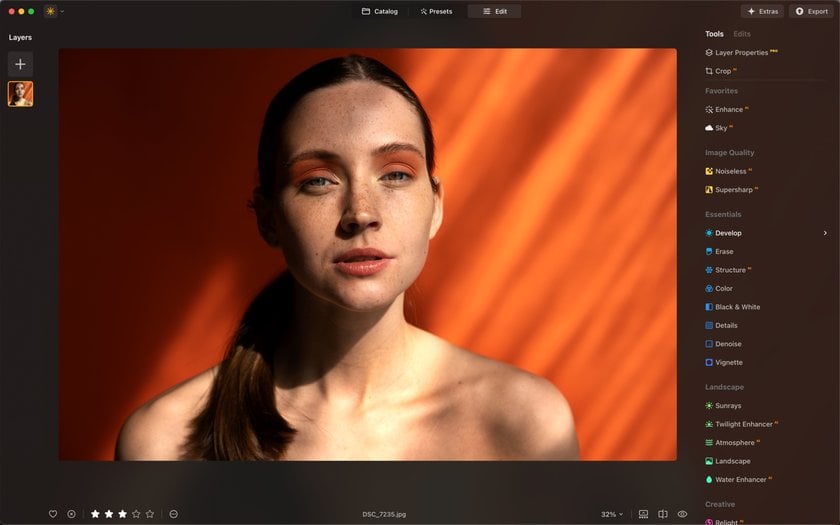
Developed by Skylum, Luminar Neo is a dedicated photo editing software designed for a variety of photography genres. It uses AI technology to handle much of the heavy lifting and streamline your workflow.
Pros
- AI-driven tools make editing faster and often eliminate the need for in-depth training.
- Among its wide range of features is a dedicated portrait section with tools for skin smoothing, blemish removal, and feature enhancement. These can produce excellent results with minimal effort.
Cons
- Since Luminar Neo is not limited to portraits, it provides numerous tools you may not need if you only shoot portraiture.
- Although its portrait tools are user-friendly and produce professional results, Skylum’s Aperty might be a more suitable choice for dedicated portrait photographers.
3. Adobe Lightroom
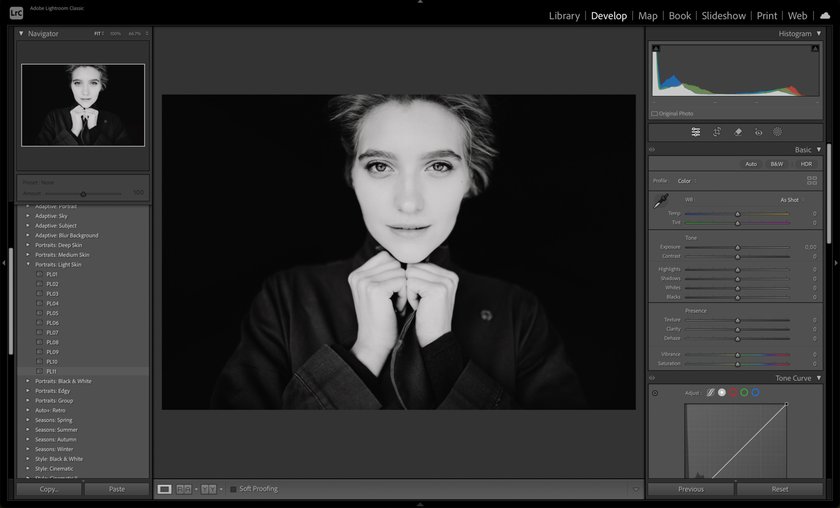 Another tool from Adobe’s suite is Lightroom. Unlike Photoshop, which is used by many types of creatives, Lightroom is dedicated to photo editing. As a result, it features only the tools photographers typically need to enhance images.
Another tool from Adobe’s suite is Lightroom. Unlike Photoshop, which is used by many types of creatives, Lightroom is dedicated to photo editing. As a result, it features only the tools photographers typically need to enhance images.
Pros
Its streamlined interface makes Lightroom easier for beginners, yet it can still produce professional-looking portraits.
Editing workflows can be quicker due to a simpler layout.
Cons
Many photographers use Lightroom for basic edits, then switch to more advanced software for tasks like detailed blemish removal or skin smoothing.
Although it has an erase tool, it is not as powerful as similar tools in other programmes, so Lightroom alone may be limiting for portrait retouching.
4. Aperty
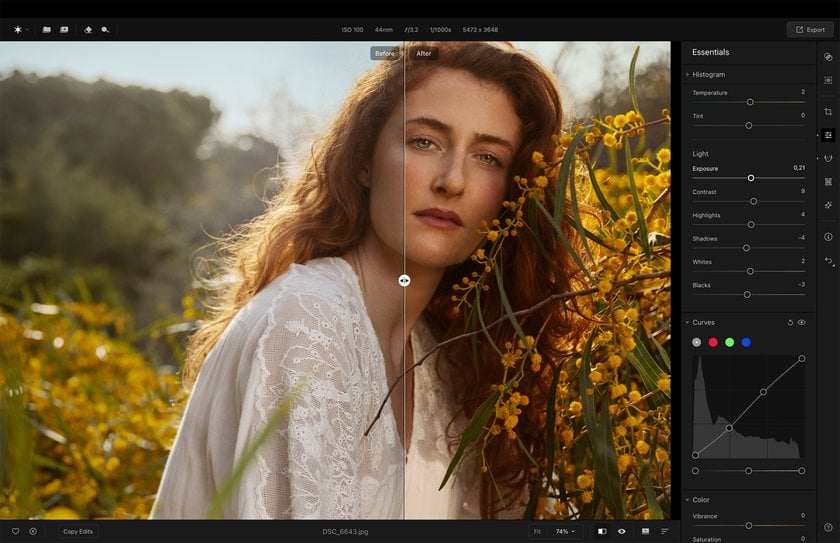 Also created by Skylum, Aperty is a portrait-focused editing software that uses AI technology to deliver professional results quickly. Like Luminar Neo, it is user-friendly and does not demand extensive training.
Also created by Skylum, Aperty is a portrait-focused editing software that uses AI technology to deliver professional results quickly. Like Luminar Neo, it is user-friendly and does not demand extensive training.
Pros
- Aperty specialises in portrait retouching, offering tools for blemish removal, skin smoothing, skin tone correction, and even make-up application.
- These features cover the essential needs of most portrait photographers.
- Built-in efficiency tools allow you to batch-edit multiple images, helping you achieve faster turnaround times and take on more clients.
Cons
- If you often work in other genres, Aperty may feel limited.
- It still has essential photo editing features, but for creative tasks like sky replacement or landscape adjustments, Luminar Neo may be better suited.
5. Capture One
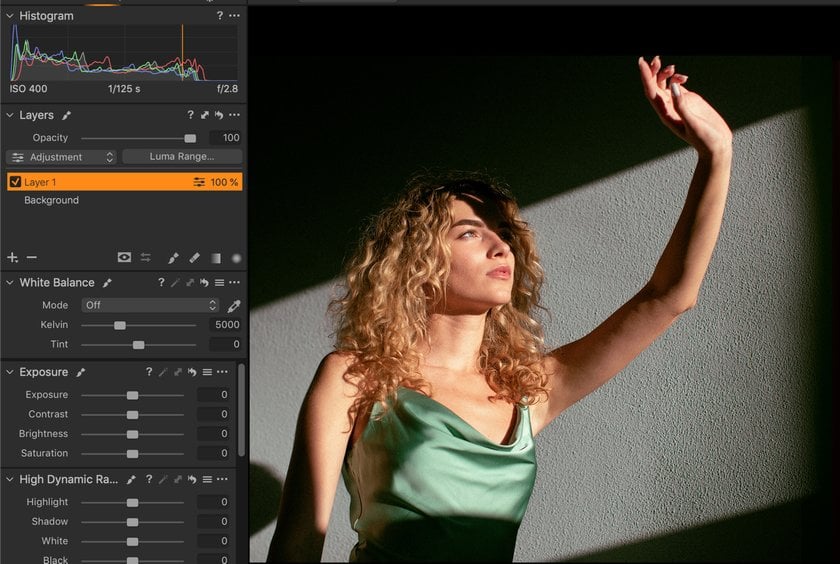 Studio photographers might already be familiar with Capture One, originally designed for tethering and monitoring images on a larger screen before pressing the shutter. This set-up helps you review and adjust technical details in real time.
Studio photographers might already be familiar with Capture One, originally designed for tethering and monitoring images on a larger screen before pressing the shutter. This set-up helps you review and adjust technical details in real time.
Pros
Capture One offers a range of photo editing tools similar to Lightroom, including certain portrait-focused features like its Skin Tone tool.
It’s great for tethered shooting, giving you a convenient way to review and fine-tune your images as you work.
Cons
Capture One is built primarily to help capture great photos, rather than focusing purely on detailed portrait retouching.
While it can enhance images, it may have limitations for in-depth skin retouching, much like Lightroom.
What's Next?
With these insights in mind, which portrait-editing software stands out to you? Visit each company’s website to check current pricing and make sure it fits your budget. However, keep in mind that a higher cost can pay for itself if it saves you enough time to book more clients.
You can also watch online demonstrations to see how others edit their portraits and how quickly they achieve polished, professional results. Pay attention to how straightforward the workflow is, especially if you have limited time to learn a new programme.
Finally, search for trial periods. Many software options offer free trials so you can test them before committing. Edit a few of your favourite portraits and compare the outcomes. How long did each edit take? Was the interface intuitive? By weighing these considerations, you will be well on your way to finding the ideal portrait editing software for your needs.
The Bottom Line
Being a portrait photographer often involves substantial editing time. Fortunately, there are tools available to streamline this process, freeing you to hold your camera rather than a computer mouse. Aperty, for instance, offers portrait-focused features that deliver professional results with minimal effort. Explore the software choices mentioned above and select the one that best suits your needs. By improving your editing workflow and leveling-up your portraits, you can continue to attract new clients. Good luck!


